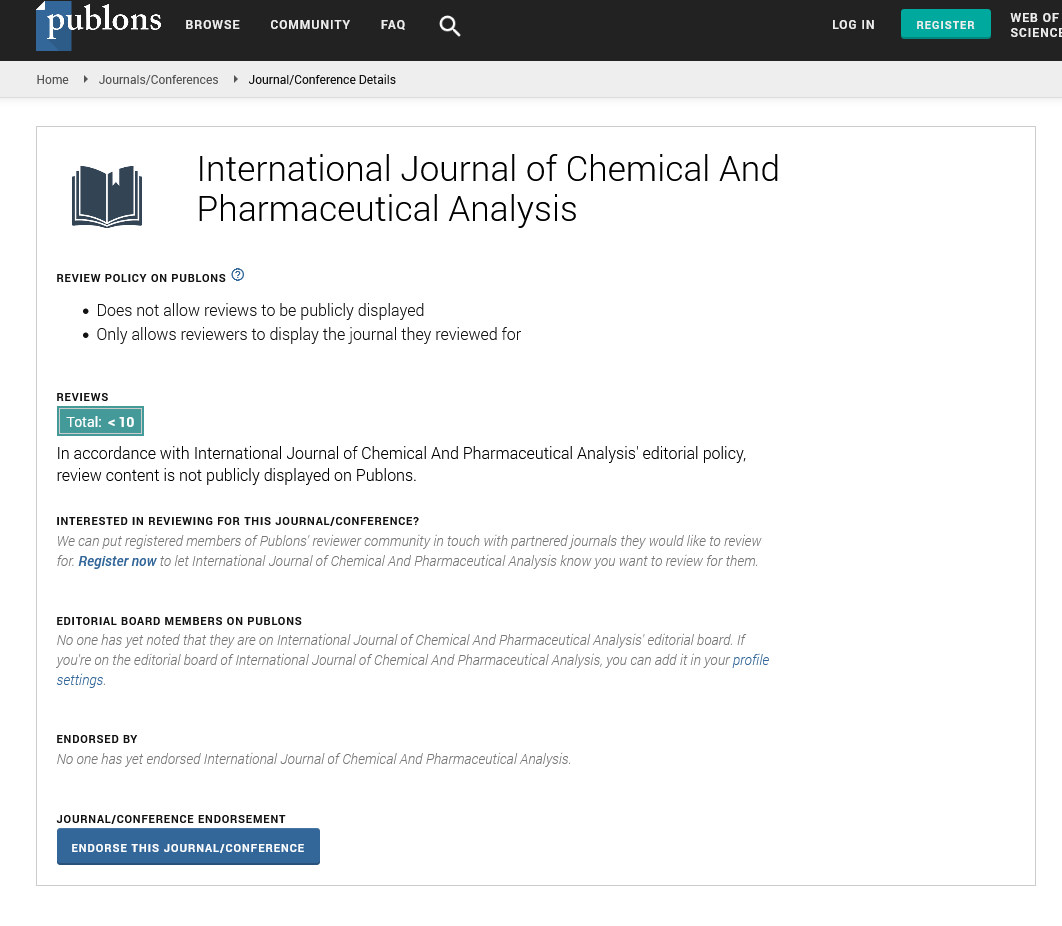Abstract
Author(s): P. Swapna, T. Ravinder Reddy
The molecular diversity of chemical compounds found in aquatic animals offers a good chance for the discovery of novel bioactive compounds of unique structures and diverse biological activities. Slugs are not protected by a shell and produce chemicals for various ecological uses, including defense against predators, have attracted great interest for their lipid composition. Lipid analysis of slugs revealed dominant phospholipids, sterols and monoalkyldi-acylglycerols. Among polar lipids, 1-alkenyl-2-acyl glycerophospholipids (plasmalogens) and ceramide-aminoethyl phosphonates were found in the mollusks. The fatty acid compositions of the gastropods differed greatly from those of other mollusk’s and exhibited a wide diversity: very long chain fatty acids known as demospongic acids, a series of non-methylene-interrupted fatty acids and an abundance of various odd and branched fatty acids typical of bacteria. Symbiotic bacteria revealed in some species of slugs participate presumably in the production of some compounds serving as a chemical defense for the mollusks. The unique fatty acid composition of the gastropods are determined by food supply, inherent biosynthetic activities and intracellular symbiotic microorganisms. The potential of gastropods as a source of biologically active lipids and fatty acids. The present investigation was carried out to study the lipids qualitatively in the tissue extract of Arion ater (Black slug) for the presence of various types of lipids by thin layer chromatography (TLC) using chloroform. Methanol and water (65:25:4) as solvent system. The chromatograms revealed many lipid spots with different Rf values indicating the presence of different types of lipids such as sterols, Glycolipids, phospholipids in tissue extract of Aron ater.




